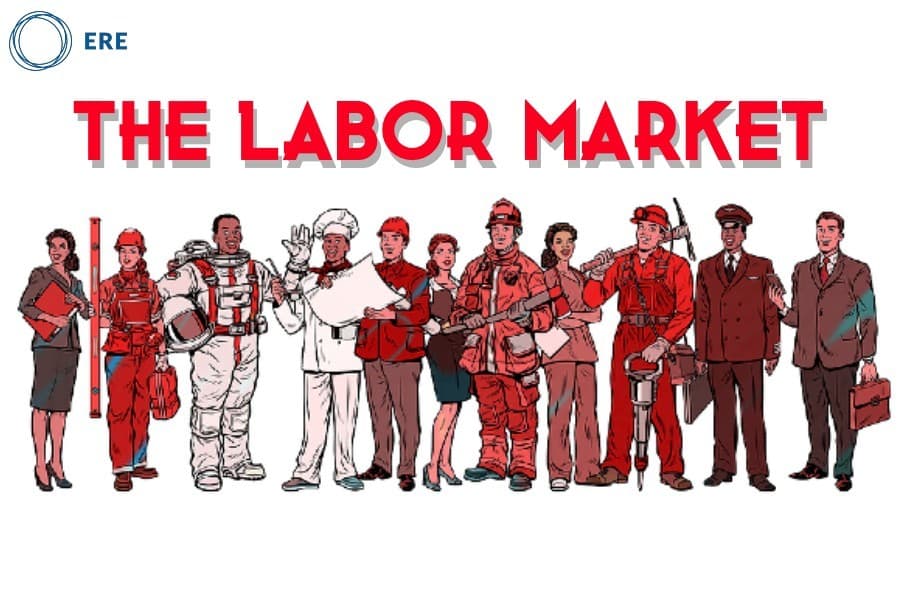All good things come to an end. In January this year, what seems like a millennium ago, unemployment was at its lowest point in 50 years following 113 consecutive months of job gains; unemployment among minority groups was the lowest on record; and incomes of those under 35 rose 13% over the previous year. The longest economic expansion in the history of America showed no sign of ending.
And then it all came crashing down.The pandemic decimated the labor market. The unemployment rate reached almost 15% in April as over 22 million jobs were lost, the highest level since the Great Depression. Shutdowns affected the service sector the most with almost 40% of workers earning under $40K losing their jobs.
Encouraging Signs
Despite the disaster that 2020 has been, signs are encouraging that the economy and the labor market are poised for a recovery. Consumer confidence in the economy is rising more than expected. Nearly 1.6 million new business applications were filed in the third quarter, double the number in 2019. Over the same period, the economy grew by 33%, the fastest rate ever recorded. Employers continue to add jobs, though the pace is slowing, pushing the unemployment rate down to 6.7%.
With new vaccines starting to be distributed, the long nightmare appears to be finally ending. Predictions for 2021 are that the economy will grow about 3.7% and perhaps as much as 6%, high by historical standards. Additionally, the unemployment rate is predicted to drop to below 5% by year-end.
Two factors are cause for optimism — a housing market with surging prices and the $2 trillion (that’s trillion with a “t”) increase in consumer savings. The combination of massive savings and a strong housing market is an ideal combination to sustain a strong recovery. Demand for new housing also boosts related industries like construction, appliances, and furniture. Indeed, the housing boom is expected to last for years since interest rates will remain low for the foreseeable future.
Sustaining the trend is the growing number of millennials coming of age and looking for homes for their families, along with people looking to social distance and find enough space for a home office. The record savings represents money that consumers will want to spend as people feel more confident about the future and start to return to restaurants (the ones that survive) and travel again.
The Shape of Things to Come
Recovery in the labor market will be slow to start. Economists forecast slow growth in the first quarter, but the rollout of Covid vaccines will cause hiring to accelerate in the second quarter.
Growth will be uneven, based on region and industry. States dependent on the travel and hospitality industry — Hawaii and Nevada in particular — have suffered the most job losses and will take the longest to recover. Meanwhile, California and New York will struggle to add jobs because of an unattractive business climate that stifles job creation. An exodus of companies leaving California — Oracle and Hewlett Packard being the most recent ones to pull up stakes — will be a further drag on employment growth in the golden state. Texas is the leading state for job growth, having the best business climate in the nation.
Industries that stand to gain the most jobs include warehousing and transportation because of a surge in e-commerce. These accounted for 145,000 of the 245,000 jobs created in November. Health care will continue to dominate job growth, because of trends that have been building for decades, including an aging population that will keep driving a need for large numbers of healthcare workers of all types.
Jobs related to hospitality and travel likewise will surge as the industry rebounds. Over a quarter of all jobs lost since February are in bars and restaurants, about 5.5 million. The restaurant industry’s return to pandemic employment levels will take years, but the industry is expected to start growing again in the wake of vaccines suppressing the virus and the easing of social distancing restrictions.
What to Watch For
Two indicators of how well the labor market is faring are the labor-force participation rate and the extent of permanent job losses. The participation rate has plunged from 63.4% in February to 61.5% in November, as millions of people have given up looking for work. This, at least partly, accounts for the drop in the unemployment rate. This makes the unemployment rate a deceptive indicator of the health of the labor market.
An increase in the participation rate would indicate that more people are coming back into the labor force because they are seeing more job opportunities. While the unemployment rate has been rapidly falling, the number of permanent job losses in November reached 3.7 million, higher than it was in the same month in 2008, at the height of the Great Recession. The smaller this number, the healthier the labor market.
And while predictions for the labor market are based on facts and trends known today but that can easily change, here are two factors that will likely influence what happens next in the labor market:
- Immunity to the virus. How many people will refuse a vaccine when offered? A recent survey suggests that only about half of American adults plan to get vaccinated. A quarter of U.S. adults aren’t sure if they want to get vaccinated, and another quarter say they won’t.
- Passage of the Competitive Dollar for Jobs and Prosperity Act. The law would make American manufacturing more competitive by lowering the value of the dollar. The resultant surge in exports would boost both the economy and manufacturing related employment.
This has been a very difficult year, but most indicators suggest that 2021 will bring good tidings. By October there were already as many open jobs (6.6 million) as existed in December 2019. The economy’s fundamentals are strong. 2021 may well be the start of another 113 consecutive months of job gains.
